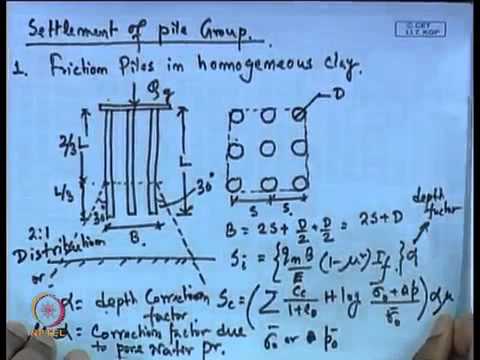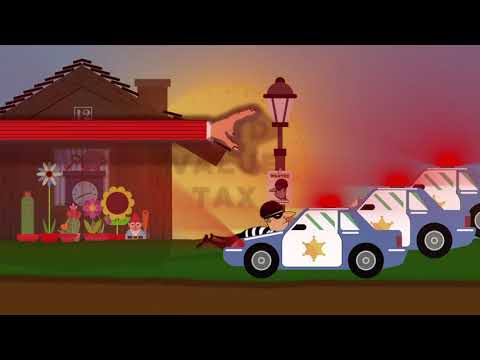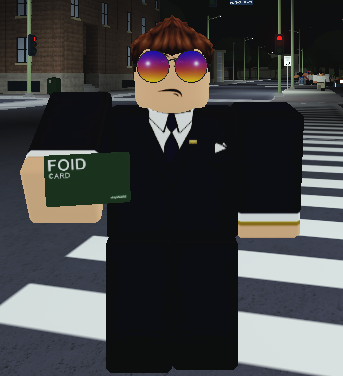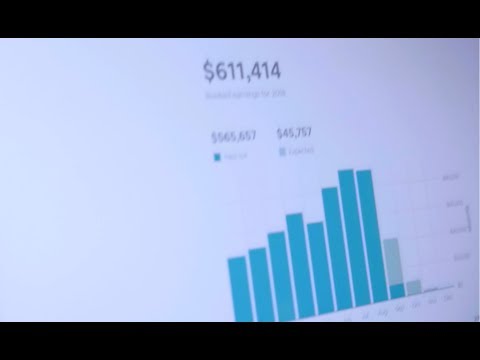Contents:


Remember, marginal cost shows how much an additional unit of output costs the firm to produce. Cutting down on material prices is one of the most obvious ways to save money on production. It’s usual for startup producers to select product components without fully comprehending the financial ramifications, resulting in material cost overruns later. There are also fixed costs, such as rent, utilities, storage, and so on. The selling price is now higher compared to costs per unit, resulting in profits. Managers may change product costs to remove the overhead component when making short-term production and sale-price decisions.
post closing trial balance of fixed costs are machinery or equipment, renting, and insurance. Fixed costs can be forecasted and predictable, which helps businesses with long-term financial planning. Variable costs are expenses that can change depending on the production volume or other economic factors.
Variable Cost: What It Is and How to Calculate It – Investopedia
Variable Cost: What It Is and How to Calculate It.
Posted: Wed, 17 Aug 2022 07:00:00 GMT [source]
It’s important to consider both fixed and variable costs when it comes to pricing strategy. You need to price your products so that your company is turning a profit, and you can’t do that just by looking at your variable costs. These changing costs are known as variable costs, and they’re an important part of running a business. Understanding how to use the variable cost formula can help you estimate production and marketing costs, that way the growth of your business isn’t a hindrance to its success. In fact, you can design your business, your products, and your marketing in a way that everything grows together to minimize costs. You’ll have a range of fixed costs and variable costs that you’re required to pay each month.
Reflects efficiency of your business
On the other hand, diminishing returns generally increase as quantity rises. Therefore, the diminishing returns effect dominates the spreading effect for a large number of quantities. When you’re producing and selling 10,000 of a product rather than 1,000 units, you can expect to pay about 10 times as much in variable costs.
The line best approximates the relationship between the variables. LIFO assumes that the last inventory added to the stock is used first. Ending inventory value – is the inventory on hand at the close of an accounting period. The value is obtained from the preceding accounting period balance sheet as the closing inventory. Break-Even Analysis Break-even analysis is a key concept in corporate finance that determines the point at which a company breaks even on its operations.
Companies can calculate the contribution per unit for every product manufactured or purchased. While online calculators can be a big help when you’re just starting a business, it’s important to understand how to calculate variable costs and how the formula works. Examples of variable costs can include the raw materials required to produce each product, sales commissions for each sale made, or shipping fees for each unit. To find Company X’s average variable cost, you have to divide the sum of total variable costs by the sum of the number of units made. Now that you know the total variable costs and the number of units made for each product, it’s easy to work out the variable cost per unit.
What is a Fixed Cost?
Even though fixed costs don’t change drastically, there can be some situations where they may increase. It generally happens when the production requirements increases and you need to rent more storage units or warehouses. As a business owner, it’s important to understand all the details that go into running a business. You can’t run a successful business just by making a good product, you have to make sure you’re pricing and marketing those products right.

The calculator will do all the work for you, giving you your total variable cost. You can divide this total variable cost by the number of units you’re producing to determine the variable cost per unit. Marginal cost is the cost of producing one additional unit of output. It shows the increase in total cost coming from the production of one more product unit. Since fixed costs remain constant regardless of any increase in output, marginal cost is mainly affected by changes in variable costs. This step ensures you are pricing your products high enough to recover both your variable and fixed costs.
Example of the Cost per Unit
Whereas total variable cost is the sum of the variable costs of every unit you produce, average variable cost is the actual variable cost per unit. Calculating the average variable cost is important because it allows you to figure out how your total variable costs would change if you were to increase production or sales. Variable costs vary depending on the level of output produced.
As an example, when you’re looking at an 8 oz bottle of olive oil that costs $5.79, you might see a unit price of $0.72 printed in small type in the corner of the label. Unit labour costs are defined as the average cost of labour per unit of output produced. The corresponding quantity where the average total cost is at its minimum level. This is the most efficient quantity to produce, as the average total cost is minimized.
Marginal Cost Analysis: Fixed Cost vs. Variable Cost Per Unit
The quantity might be per item or per unit of measurement, such as ounces, grams, gallons, or liters. To calculate the unit price, simply divide the cost of the product by the quantity you’re receiving or check the store’s shelf label. Then, compare the unit prices of 2 or more packages of the same product to see which is the better value. Since the total fixed cost is fixed, the more you produce, the average fixed cost per unit will decrease further.

Typically, items that are of lesser quality will have a lower unit cost. You might still choose to purchase the less expensive item. However, consider the quality of the items when making a final purchasing decision. Alternatively, a family-sized box of cereal is a better deal at a unit price of $0.15 versus a smaller box at a unit price of $0.19. As an example, if a 6-roll pack of toilet paper has a unit price of $0.77 and the 9-roll pack has a unit price of $0.81, the 6-roll pack is the best choice.
What if Costs are not Entirely Fixed or Variable?
Look at the price tag or use a price scanning tool to find the total price of the product. It is often the case, whether one is a manufacturer or a buyer, that marginal costs decrease with volume. That is to say, the more items that are involved, the lower the per-unit price. Computing the breakeven selling price for your product is an important calculation when setting your sale price. It tells you the minimum price you can sell your product for and still cover your costs.
How to Calculate COGS – businessnewsdaily.com – Business News Daily
How to Calculate COGS – businessnewsdaily.com.
Posted: Tue, 21 Feb 2023 08:00:00 GMT [source]
Let’s show a couple of examples of how to calculate the break-even point. The Structured Query Language comprises several different data types that allow it to store different types of information… Investopedia requires writers to use primary sources to support their work.

An equation for calculating the cost of production using specified values for materials and labor costs is derived. When a company finds it hard to separate direct materials stock according to the date of purchase, the weighted average method is employed. Direct material can be tracked unit by unit using specific identification. It doesn’t work for certain materials and is time-consuming. Using standard costing to estimate direct materials helps the company plan future sales and profitability at assumed conditions.
- The manufacturing costs are uncertain as they are affected by production processes and purchases of raw materials.
- It means they are primarily concerned with the product’s direct materials cost and the time it spends in the bottleneck.
- You can figure out your new total variable cost by multiplying the average variable cost by the number of units you plan to produce.
- Contribution margin only considers variable expenses when calculating returns for products.
- Drive traffic and boost sales with a marketing platform that seamlessly integrates with your store.
- For example, in a clothing manufacturing facility, the variable costs may include raw materials used in the production process and direct labor costs.
Catch up on tips and https://1investing.in/ing wisdom from freelancers and agencies around the world. For Freelancers & Agencies Join our community for freelancers and agencies to unlock tools for managing clients and perks to grow your business. See how Mailchimp’s e-commerce automations can save you time and help you convert more first-time buyers into repeat customers. Sync your store data and connect other tools to unlock more automation features. Create a free website that comes with built-in marketing tools. You can use a break-even analysis to figure out at what point you’ll become profitable.